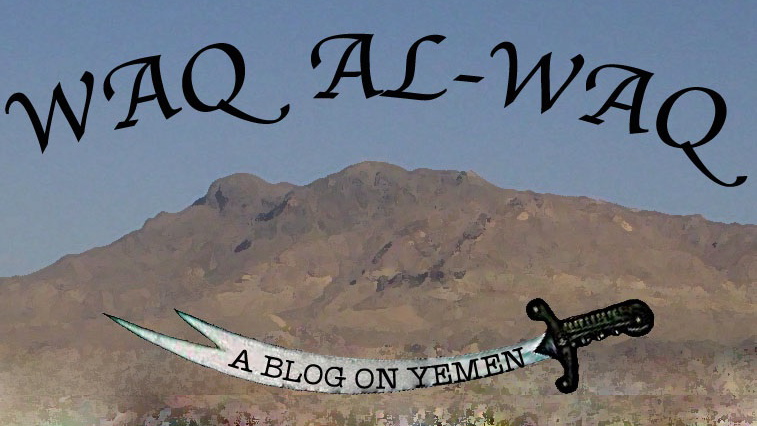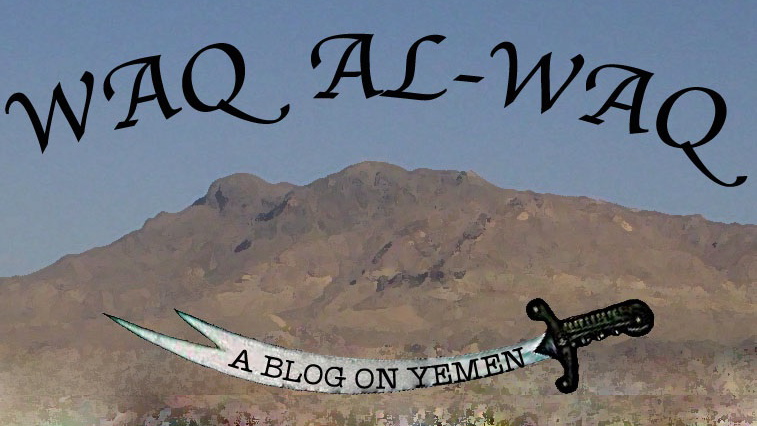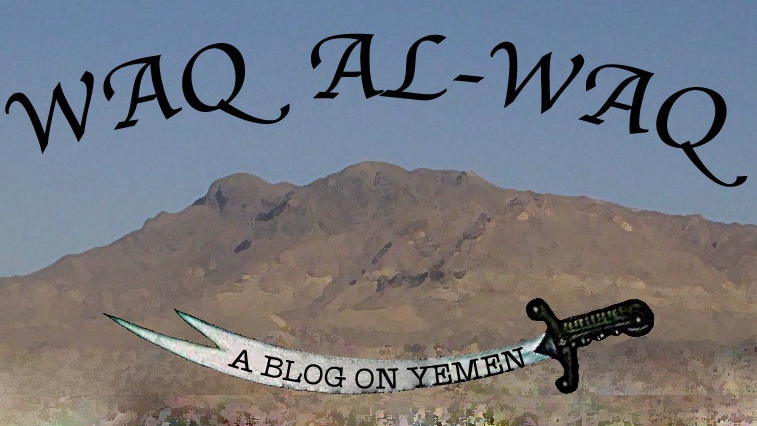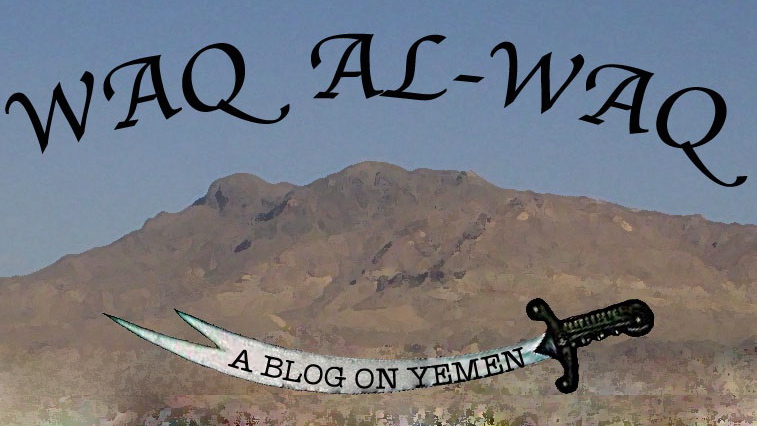The Dark Road in Yemen

For hours yesterday I watched transfixed as body after body was carried into a mosque masquerading as a triage center near the Square of Change in Sanaa. The footage on al-Jazeera Arabic was horrific (al-Jazeera English sanitized the images they showed). The vast majority of corpses I saw on television had bullet holes in their heads, the result of snipers in buildings surrounding the square, including in the house of the governor of al-Mawhit.
Many of these pictures of dead and bloody bodies have appeared on Yemeni websites. They are horrific, the mangled aftermath of a massacre.
The final death toll for yesterday’s shooting has yet to be released, but most sources place it around 47, making yesterday the single bloodiest day in Yemen’s revolution to date. Sadly, there is likely to be much more blood before this over. (Incidentally, yesterday’s events fits nicely into the stereotype that Yemen is a crazy place where blood is always flowing. This is not true. For those who want to understand this I recommend Shelagh Weir’s book A Tribal Order.)
I won’t rehash all of yesterday’s events, for those interested you should read Laura Kasinof’s reports in the New York Times.
Instead I will look at two things: how Yemen got here and what happens now.
First, yesterday was all too sadly predictable. A number of people have been warning that something like this would happen. Many have called on the US, the UK and the EU to make tougher statements in the build-up to yesterday’s attack. That advice largely fell on deaf ears. This is not to say that the US, the UK, or the EU were in any way responsible for yesterday. They were not. But there was negligence.
After continued crackdowns that only elicited “concern” and “calls for investigations” and after watching the brutal crackdowns in Bahrain and in Libya, Salih made the choice to show Yemen what removing him was going to cost.
The US, the UK, and the EU are not the bad guys here, but their combined policy and public posturing could have been much wiser and much more proactive. As it was, the US has consistently been behind the curve in Yemen, making reactive statements that lead many to believe it will never part with Salih because of his support on AQAP. But make no mistake the responsibility for yesterday’s deaths falls on the shoulders of the Yemeni government.
Following yesterday’s attack President Obama strongly condemned the violence, but stopped short of calling for President Salih to step down. I hope that privately the US is pressuring him to leave, but most sources suggest that this is not the case. The US is too concerned about what will happen with AQAP if Salih leaves.
(I think this is a mistake and the longer Salih stays and the more the US is seen to be supporting him, the worse the AQAP problem will eventually be. My opinion, however, has been dismissed.)
Others in Yemen have made much more sense. Shaykh Abd al-Majid al-Zindani, a person who is on the “Specially Designated Global Terrorist” list, called for Salih to transfer his power to Vice President Hadi. (Ar.)
Several other Yemeni officials resigned in protest at what one called “the heinous massacre in Sanaa … Nothing can justify the deaths of scores of youths whose only sin was to exercise the freedom guaranteed by Islam and the constitution to demand change.” That resignation came from the head of Yemen’s official press agency, Nasir Taha Mustafa.
Yemen’s Ambassador to Lebanon, Faisal Amin Abu Ras (a diplomat I count as a friend) also resigned today.
As did Dr. Abd al-Wahhab al-Rawhani (Ar.), former Min. of culture; Nabil al-Faqih, (Ar.) current min. of tourism, Dr. Jalal al-Faqirah, former min. of agriculture; Khalid al-Rawayshan former min of culture; and Doctor Sa’ad al-Saba’a, university professor. (Ar.) I know of other officials who want to quit but are remaining in their posts in the hopes of helping the transition.
The vast majority of these resignations followed Salih’s press conference last night in which he expressed regret at the loss of life, and laid the blame for the deaths on clashes between residents and protesters in Sanaa. This is transparently false and something no one in Yemen believes, but it was said for international consumption and to give Salih a fig leaf of denial. He even went so far as to call the dead “martyrs of democracy.”
Salih also declared a state of emergency, stating that it would last for 30 days. (In talks with many today, I believe this is unconstitutional – not that it matters.) Broadly, the state of emergency puts severe limits on personal freedom in Yemen.
The government can investigate or detain anyone it likes without being bound by current laws, it allows government to censor the press, limits public gatherings, gives security forces the right to enter any building at any time, limits weapons and makes travel between different governorates permissible only with presidential approval.
In short, it suspends all law and allows President Salih to do whatever he wants. In a very real sense it makes him an absolute ruler answerable to no one.
Today, six more people were injured in Aden (Ar.) when troops attempted to storm protesters there. It also expelled two journalists for al-Jazeera Arabic, only days after it expelled 6 western journalists and writers. The hope here seems to be that the revolution can’t succeed if no one is watching (another indication for those who think that the US doesn’t have any leverage that international condemnations and attention matter.)
Oil production is also down as foreign companies are evacuating their staffs and tribes are preventing repairs on pipelines, foreign currency is at dangerously low levels and what seems to be happening is that Salih and his immediate family are showing their teeth, and demonstrating that they are not going to go without a fight.
The lesson from watching Tunisia and Egypt fall and then Bahrain and Libya remain, is that the tougher you are the longer you stay. And Salih wants to stay.
Most Yemeni officials I know are bracing themselves for a massacre.
Final Note: An officer from the 1st Armored Division, Muhammad al-Shamiri, was killed yesterday in the square in Sanaa, reportedly by a sniper. His death comes after the 1st Armored Division, which is headed by Ali Muhsin al-Ahmar refused to attack the protesters. (Ar.) I’m not sure what to make of all this maneuvering and much of it is still rumors and unattributed quotes – but it seems as though there is consensus building on removing Salih his sons and his nephews and leaving most others in place.




